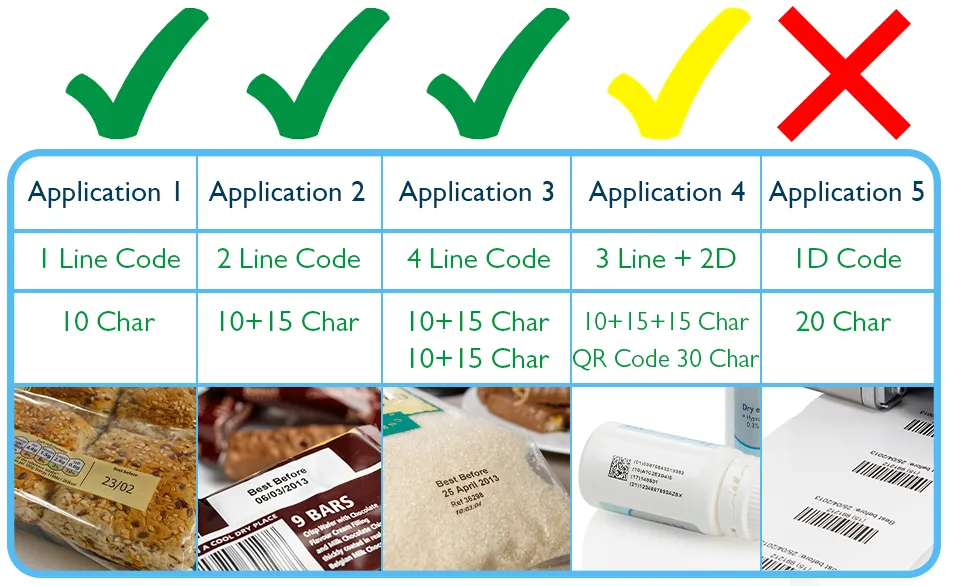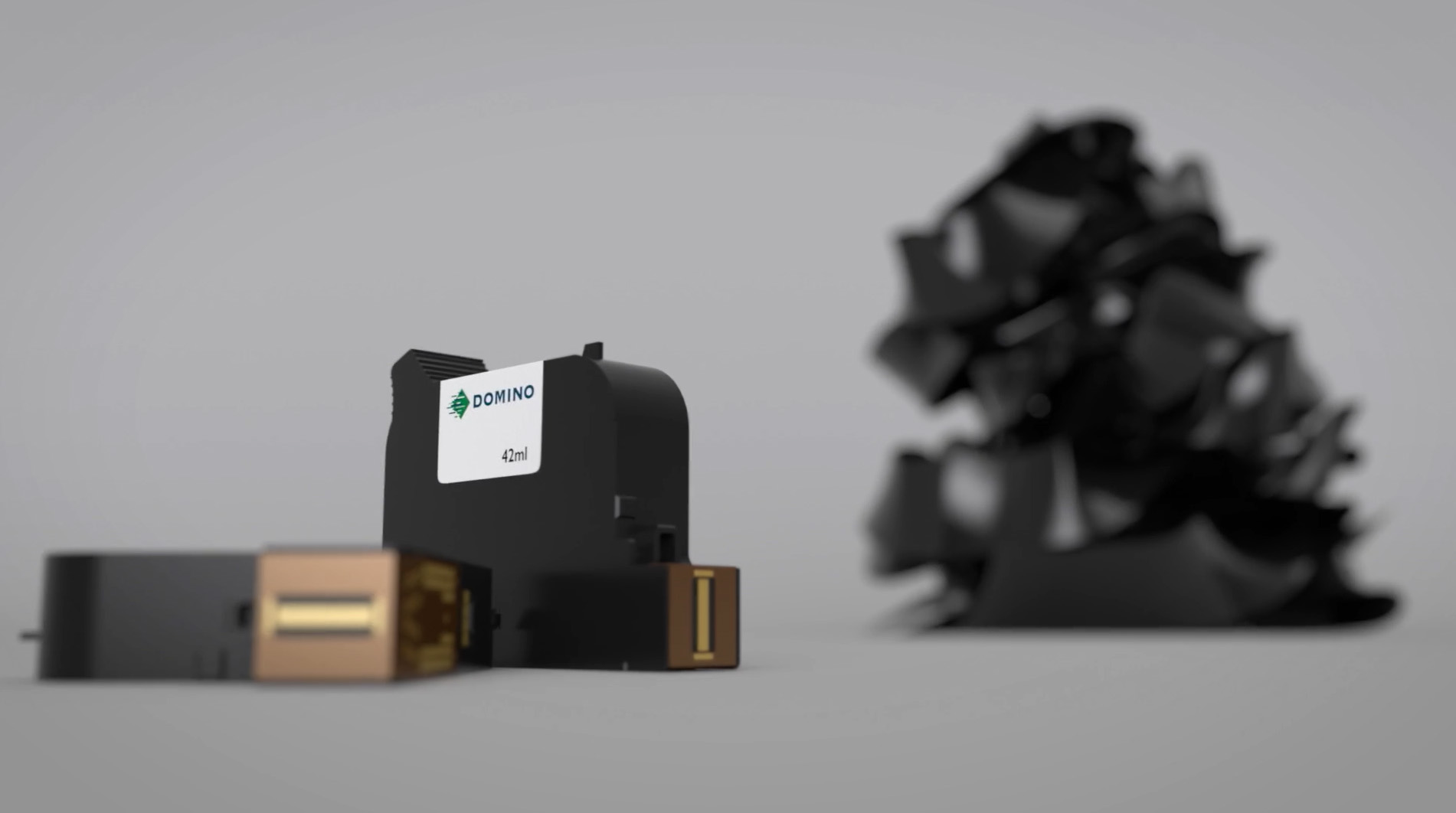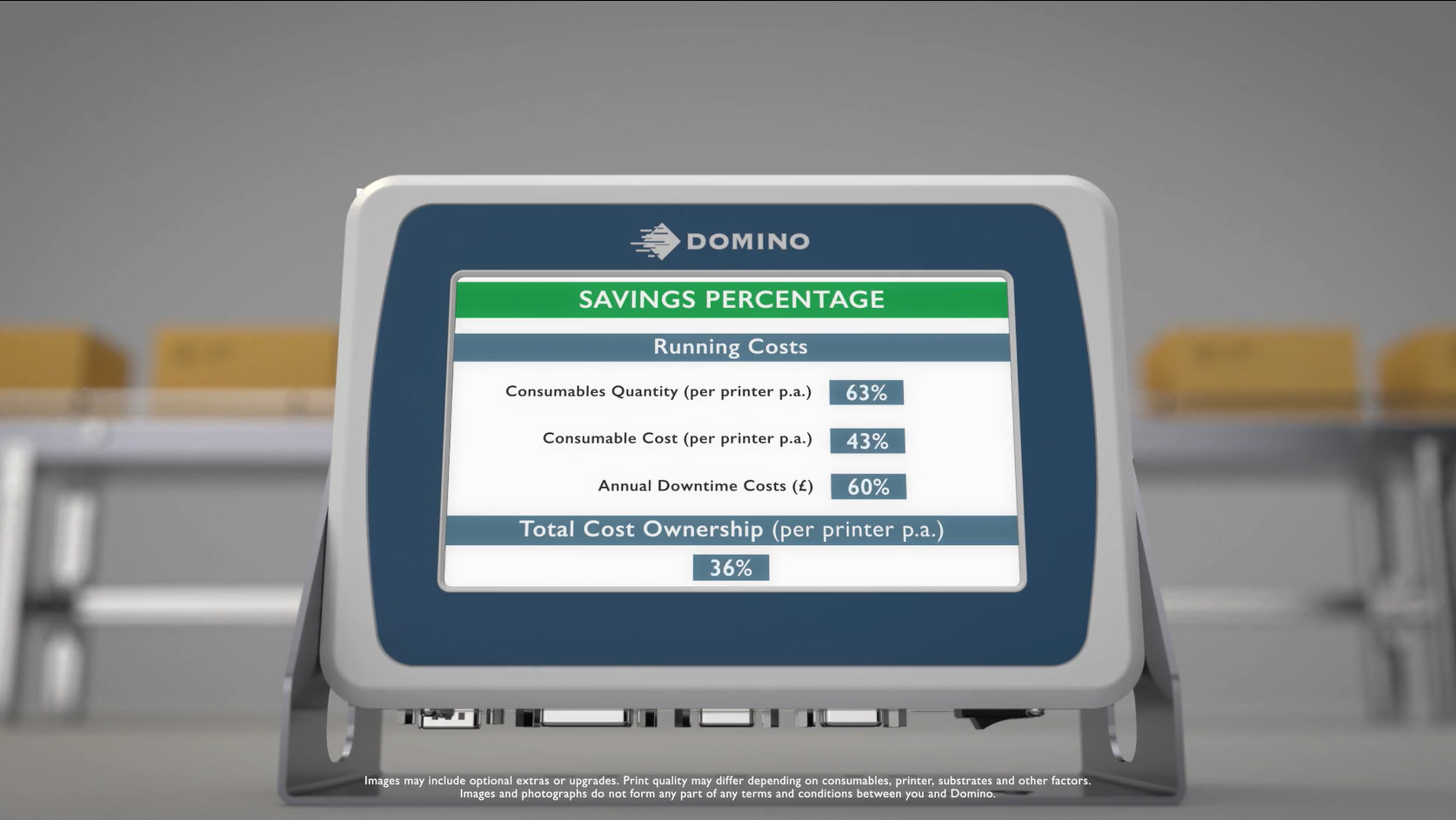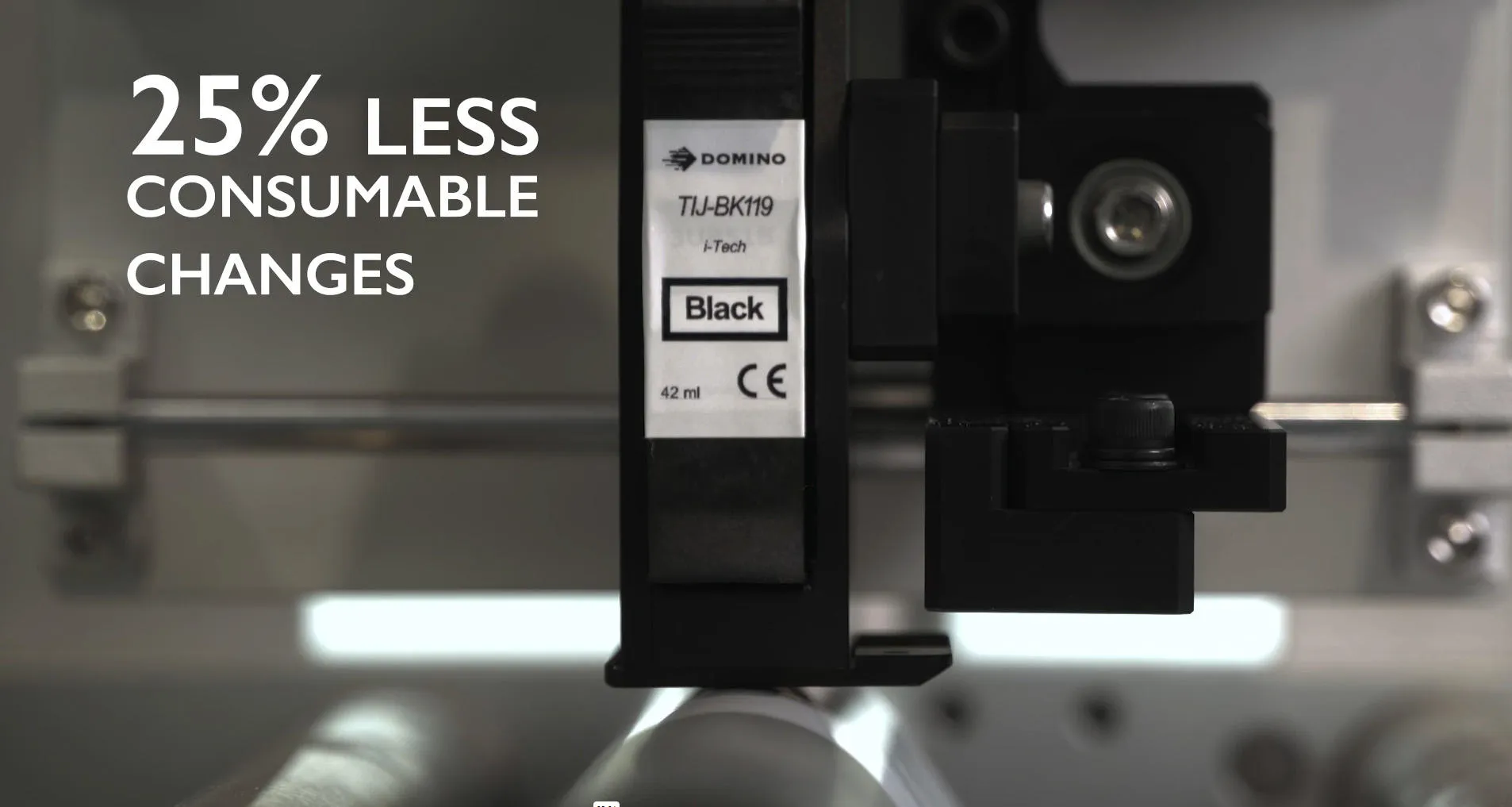Thermal transfer overprinting (TTO) has long been established as the standard technology for printing real-time and variable data, machine-readable codes, and images onto flexible packaging films and labels.
However, there is now a viable alternative for many applications – which could benefit manufacturers looking to prioritise sustainable manufacturing methods, reduce waste, and optimise their total cost of ownership.
In this blog, we explore some of the benefits that the latest generation of thermal Inkjet (TIJ) technology and printers has to offer for flexible packaging applications.
How does thermal transfer overprinting technology work?
Thermal transfer overprinting (TTO) is a coding method which uses heat to transfer ink from a ribbon onto a flexible substrate, such as that used in food, household goods, and pharmaceutical packaging. As a technique, it was engineered to work specifically on flexible substrates and is widely used for the printing of barcodes and variable information such as best/use-by dates and serial numbers. The process produces a high-resolution code that is easy to read, and which does not degrade the aesthetic quality of the packaging film artwork and design.
How does thermal inkjet printing technology work?
Thermal Inkjet printing (TIJ) is an ink-based, non-contact printing technology that uses heat and surface tension to move ink from an ink cartridge onto a package or product surface. A more general application to TTO, TIJ technology offers the flexibility to print accurate codes on a wide range of packaging materials. This includes porous substrates, as well as non-porous materials such as plastics, films, foils, and coated stocks.
Since it was introduced in the early 1980s, TIJ technology has evolved with dramatic improvements in code resolution and printing speed, as well as broader ink compatibility. While early TIJ models were only capable of producing codes below 100 x 100 DPI (dots per inch) and printing at a speed of around 30m/minute, today some models can produce Grade A code readability (ISO 15415) with maximum speeds of 300m/minute, depending on the substrate and environment.
Changing Circumstances
Today, food manufacturers are under significant pressure from supply chain challenges, rising energy costs, and labour shortages – combined with increasing governmental, societal, and consumer pressure to reduce waste and improve sustainability. As a result, many are looking for ways to improve productivity, cut waste, and reduce total cost of ownership. For many, TIJ may offer a viable alternative to TTO printing technology, providing equivalent or similar code quality with reduced cost and waste compared to a traditional TTO system.
Examples of suitable code applications for TIJ onto flexible packaging and foils:

TIJ is a viable solution for printing 1, 2 and 4 line codes onto flexible packaging substrates. It can also be suitable for printing 3 line and 2D codes in certain applications.
Let’s examine some of the key benefits of TIJ for flexible packaging.
Reduce Waste

One of the main benefits TIJ offers manufacturers over TTO is waste reduction in the transition from ribbon-based printing to cartridges. A TTO production line producing 150kg of waste ribbon and reels per year, if switched to TIJ could drop to just 4kg of cartridges representing a 97% saving in waste.
Reduce Cost

Domino has calculated that TIJ offers 50% potential total cost of ownership savings on one and two line text coding applications over TTO. Storage space is also freed up by replacing bulky ribbons with small print cartridges, which can allow for a reduction or reallocation of shelf space. Cost savings can be reallocated into additional value-add factory processes, to improve operational efficiency or productivity.
Reduce Effort

TIJ printing requires on average 25% less consumable changes than TTO. Ink cartridges are also significantly quicker and easier to change than ribbons – and with Domino auto-swap technology, which enables parallel printing from two separate cartridges, there’s no need to stop printing when changing ink.
When compared with TTO applications, TIJ production lines are low-maintenance, and may benefit from reduced downtime and improved team productivity. Not only is the time taken to replace consumables greatly reduced, but there is no unplanned downtime due to ribbon tears and repairs, or TTO printhead replacements. Our TCO calculator analysis of the time spent on ribbon changes, snapped ribbon replacements, and printhead replacements indicates that TIJ may unlock a 75% saving in effort.
Time To Invest
It would be understandable for some manufacturers to have reservations over changing their printing technology; however, for those concerned over the installation process, Domino’s TIJ printers can be installed using the same bracketry as existing TTO solutions, making installation and implementation time minimal. In addition we estimate that it could take less than a year for a typical manufacturer to see a return on their initial investment, alongside the additional benefits of improved operational efficiency and productivity.
Conclusion
For some flexible film applications, such as printing 1D codes, TTO will remain the most suitable technology; its specific design will, in those cases, trump the benefits of the more general TIJ printer.
However, considering everything that the latest generation of TIJ printers has to offer, the ability to drive lean manufacturing improvements, combined with a focus on sustainability within consumer goods manufacturing that is only going to increase, now might be the time to start considering making the move from TTO to TIJ.
Contact us to find out how you can save on waste, time, and money with Domino’s TIJ printers.